A psychological horror movie based on the 1988 Thomas Harris novel The Silence of the Lambs captures our attention today. Released this weekend 32 years ago, we look into the Jonathan Demme directed movie The Silence of the Lambs (1991).
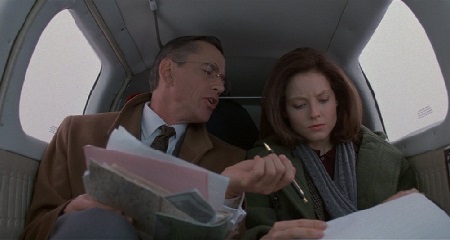
The Silence of the Lambs opens with an introduction to Federal Bureau of Investigation (FBI) trainee Clarice Starling, as portrayed by Jodie Foster, being withdrawn from her Quantico, Virginia training by Jack Crawford of the FBI‘s behavioral analysis unit for a special assignment. Crawford, portrayed by Scott Glenn, assigns Starling to interview former psychiatrist and cannibal serial killer Hannibal Lecter, in furtherance of the investigation of an ongoing set of serial crimes occurring in the present day.
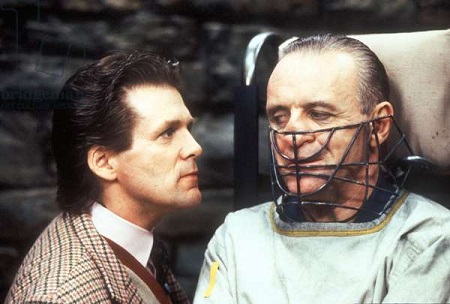
The visit to the so-called Baltimore State Hospital for the Criminally Insane introduces us through Starling to Lector, as portrayed by Anthony Hopkins. It is here that much of the significant groundwork is laid for aiming to gain insight into the Buffalo Bill serial killer, the complex psychology of Lecter, and the unseemly motivations of many attached to the storylines of Lecter, his stay at this hospital, and the underlying criminal behavior in play with Buffalo Bill. It is at this hospital that we are introduced to Dr. Frederick Chilton and orderly Barney Matthews, portrayed respectively by Anthony Heald and Frankie Faison.

A further intrigue for The Silence of the Lambs deals with the disappearance of Catherine Martin as portrayed by Brooke Smith. Martin is the daughter of U.S. Senator Ruth Martin of Tennessee, as portrayed by Diane Baker. That there’s a connection to Jame Gumb, as portrayed by Ted Levine, is part of the underlying notion of pulling Lecter and Starling into the notion of conversing in the first place.

The compelling ways that the threads of the characters tie together, along with the emotional weight of the darkness motivating and acting on multiple characters in this narrative, lend strength to the ways the personal stories of this larger narrative work together in delivering strong psychological impact to the stories. The sympathetic roles of Ardelia Mapp, as portrayed by Kasi Lemmons, and Precious further this impact. Darla portrayed Precious, the dog.
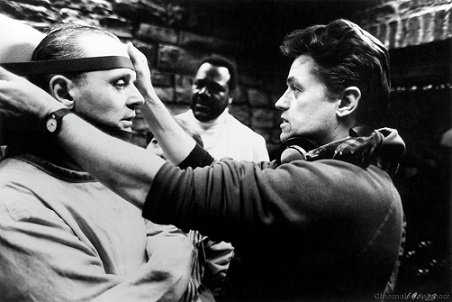
The staying power of the underpinning story of The Silence of the Lambs rest largely with the character of Hannibal Lecter. The deviance from societal norms on multiple fronts, with a resonating portrayal of him by Anthony Hopkins, sticks with me many years after my initial encounter with him. The sensibilities of the era the story lives in are captured well, too. I offer The Silence of the Lambs as directed by Jonathan Demme 4-stars on a scale of 1-to-5.
Matt – Saturday, February 11, 2023

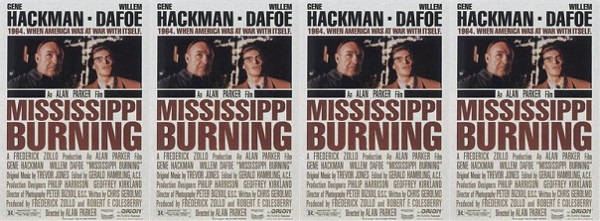

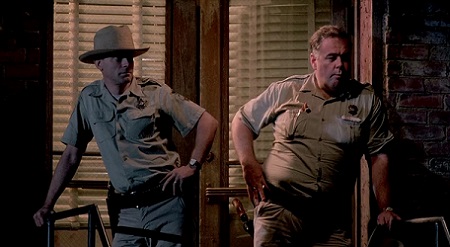




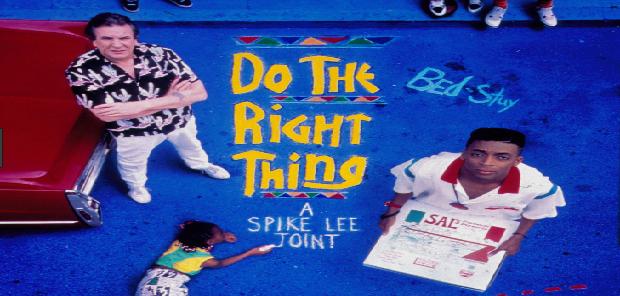
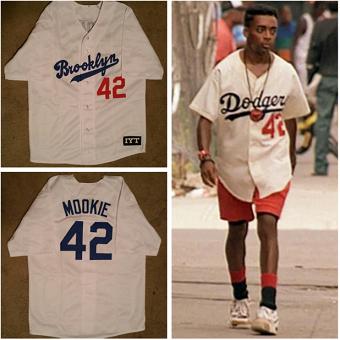 (Spike Lee as Mookie in Do The Right Thing)
(Spike Lee as Mookie in Do The Right Thing)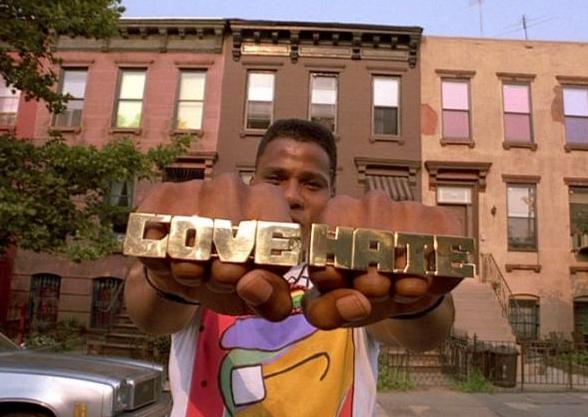 (Love and Hate for Radio Raheem as played by
(Love and Hate for Radio Raheem as played by